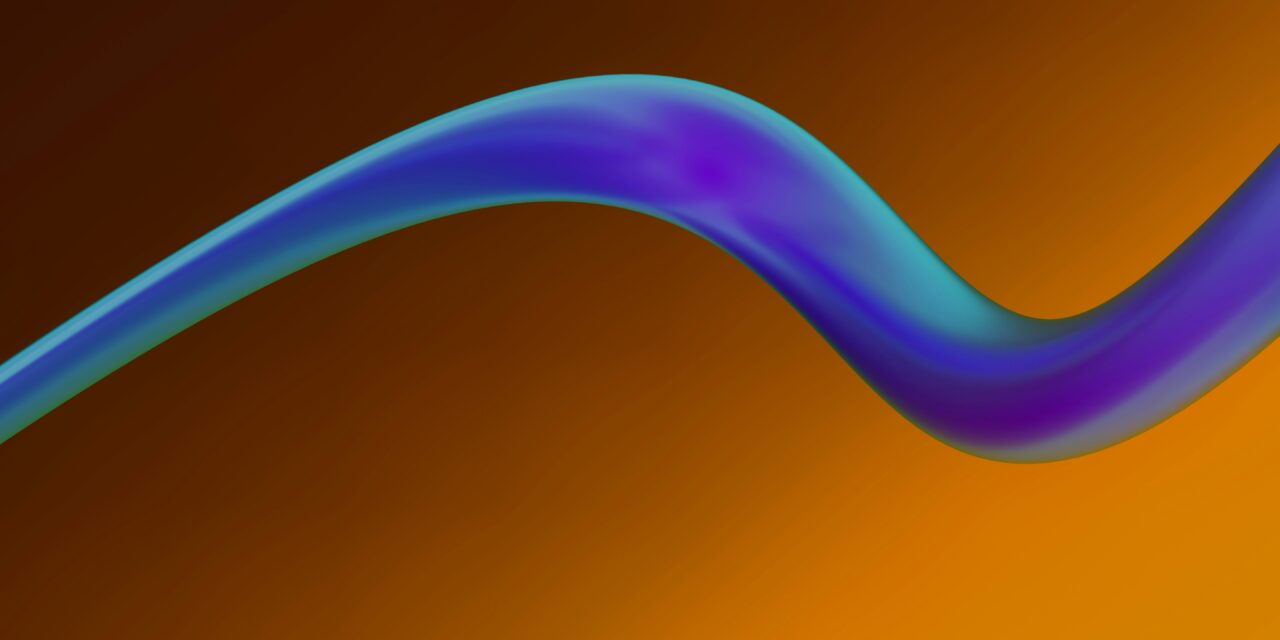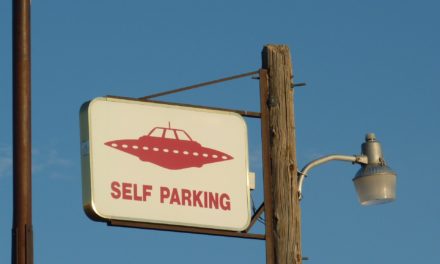Photo by Steve Johnson on Unsplash
Have you ever watched a movie and wondered how they did a certain effect or saw something that couldn’t possibly be real? There are many things that are created post production in the movie industry that create the magic on screen and one of the tools they use is called CGI or Computer Generated Imagery.
CGI is a the application of 3D computer graphics in conjunction with special effects in movies, television shows, and commercials. Good CGI is when you cannot decipher fiction from reality no matter how hard you’re paying attention to the details. CGI is supposed to be a seamless effect that does not distract from the viewing experience.
A great example of successful CGI 1993’s Jurassic Park directed by Steven Spielberg. This film had the incredibly daunting task of creating dinosaurs that live and breath aside real live action. Thc visual effects company that worked on the film is called ILM or Industrial Light and Magic which was founded by George Lucas in 1975.
The CG animators first began with sketching out models of the dinosaurs to be used in the movie and they had to locate where the joints were on each one. They built models out of rubber prosthetic and scanned them to upload the data to be used on a computer.
Once the data was uploaded onto computers, the animators began reconstructing to make it work with the computer to animate the dinosaurs. They used a software called SoftImage 3D to place the joints on each dinosaur and then rigged the wireframes to be able to move ‘naturally.’
After that the fun part begins and they got to paint on a textured skin using a program all ViewPaint, giving the computer-generated dinosaurs a realistic look to them. Now you think rendering a short video is bad, imagine rendering on a larger scale! They said that it took almost 10 hours to calculate one frame. To put that into perspective, film is made with 24 frames per second.
After the extensive process of creating the animation comes the compositing. They had to make sure everything ran smoothly and seamlessly to create a timeless piece in CGI History.
Fast forward to 2017 and look at the movies available. Almost every movie that is released nowadays has some form of CGI in the film. Nearly two decades later and the original use of CGI has transformed into something less than realistic. A great example of this would be the Lord of the Rings/Hobbit series. The science of physics and gravity seems to fall by the wayside. You can for yourself in the video below:
In this scene, Legolas slays a Oliphaunt which such floaty grace that would leave anyone questioning it. As interesting as it looked, it just didn’t make sense to have him glide so easily like that. In this film, they focused a lot on motion capture but the compositing in comparison to the original Jurassic Park fell short of realistic. Granted, both films were fairly unrealistic for our time (LOTR especially) it’s still nice to imagine if they were.
Overall, CGI has progressed and grown so much since the technology has made it’s first appearance in the 1990s. For better or for worse, it is definitely adds charm to the viewing experience and encourages imagination beyond reality.
Sources:
http://www.businessinsider.com/how-cgi-works-in-jurassic-park-2014-7
Video courtesy of Youtube
Photo courtesy of Universal Studios
ABOUT THE AUTHOR
Linda Page
Student Author - Fall 2017
Linda Page is a Senior at Gulf Coast State College and is pursuing her B.A.S in the Digital Media Program. She will be graduating in the fall and could not be more excited for what lies ahead. Linda decided to study Digital Media because she has a desire to pursue a career in the ever-growing technology field. Digital Media is so multifaceted and is perfect for someone who is interested in various aspects of technology like Linda. After graduation, she hopes to travel the world and find a job that suits her. In her spare time, she loves improving her photography skills, eat all the food she possibly can and binge watch netflix originals.







